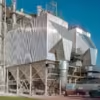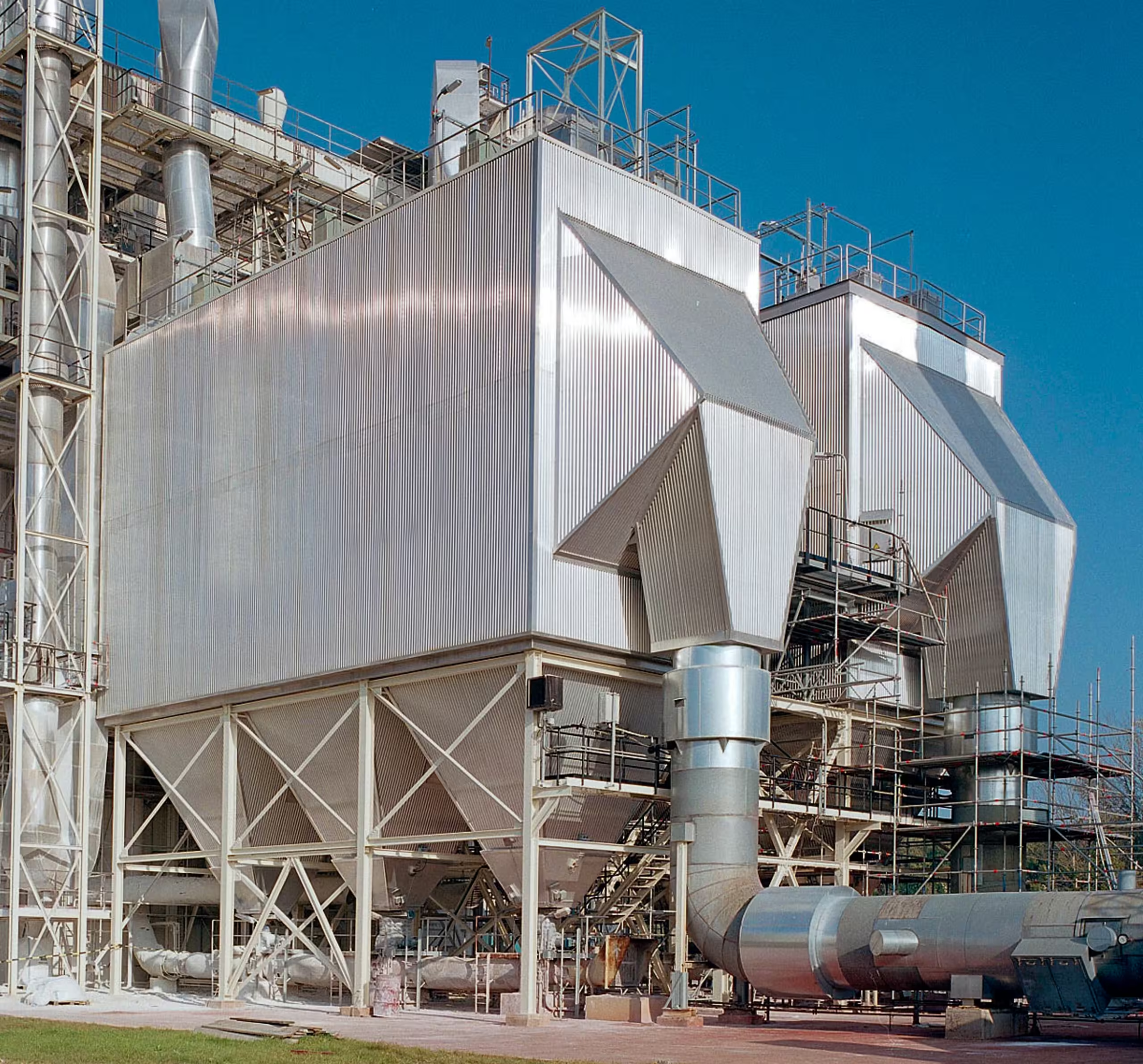Electrostatic precipitator
An electrostatic precipitator (ESP) is a device that removes fine particulate matter from exhaust gases using electrical charges.
Key Points:
Purpose: Removes particles like dust and soot.
Operation: Particles are electrically charged and collected on plates.
Applications: Used in power plants, cement factories, and steel mills.
Advantages: High efficiency for fine particles.
An electrostatic precipitator (ESP) is an air pollution control device used to remove fine particulate matter (PM) from industrial exhaust gases. It works by using electrical fields to charge particles and then collect them on charged surfaces.
Key Points:
Purpose: Removes fine particles (dust, smoke, soot) from gases.
Components:
High-voltage electrodes (create electrical fields).
Collection plates or tubes (collect charged particles).
Operation: Particles are charged as gas passes through the ESP, then attracted to oppositely charged collection surfaces where they are removed.
Applications: Power plants, cement factories, steel mills, and other industries with high particulate emissions.
Advantages: High efficiency, especially for fine particles.














